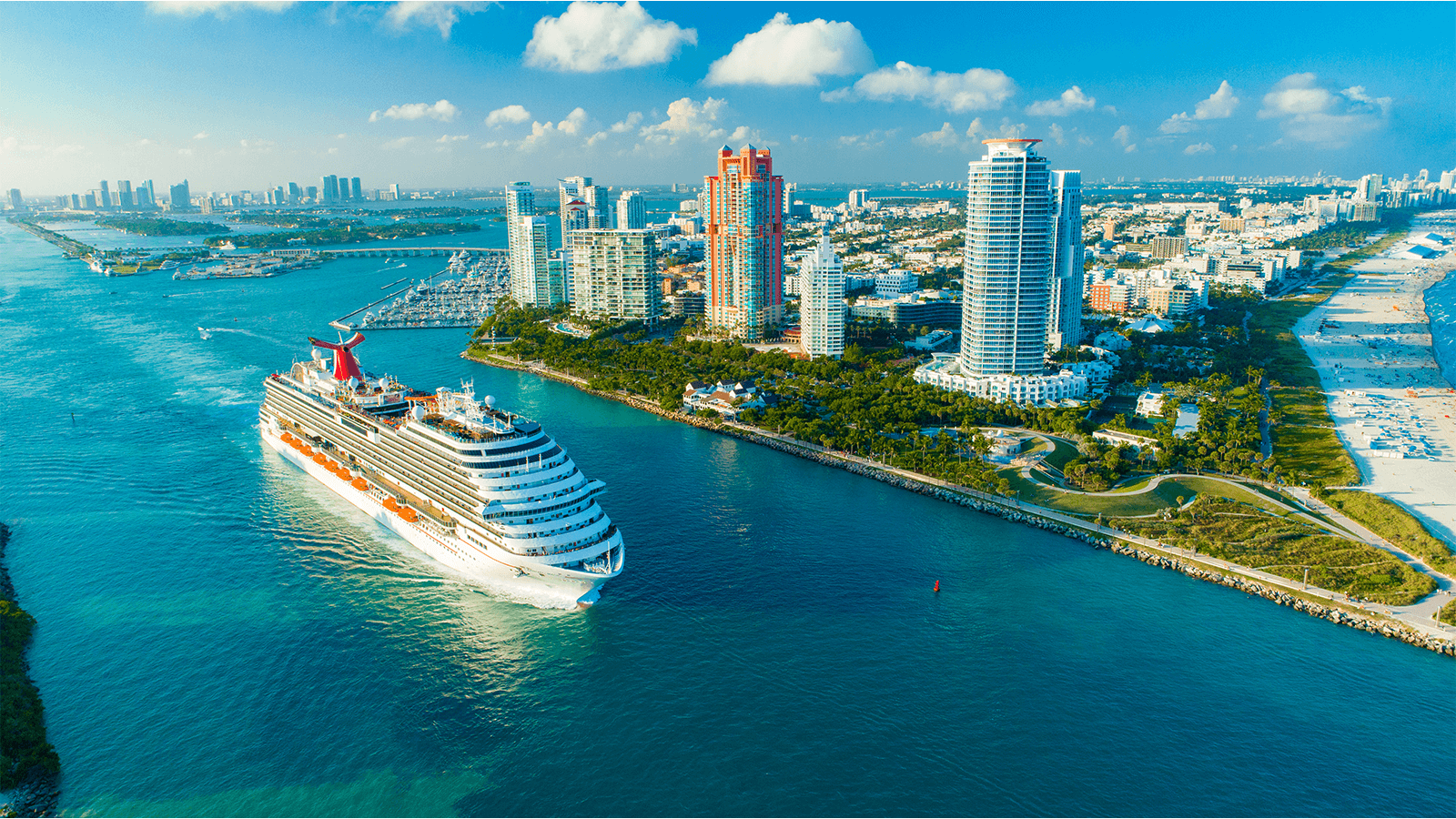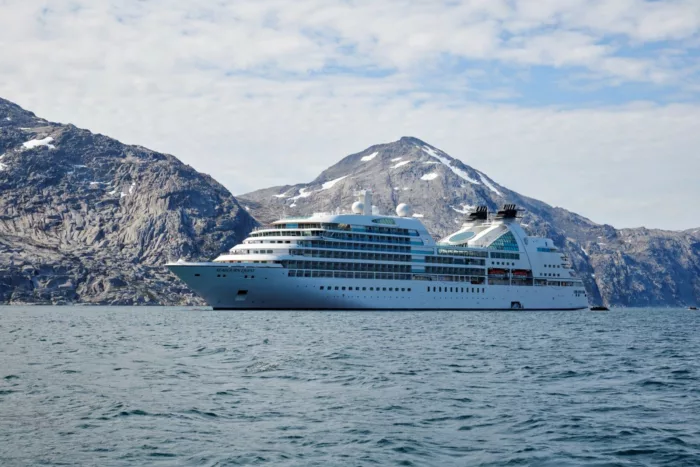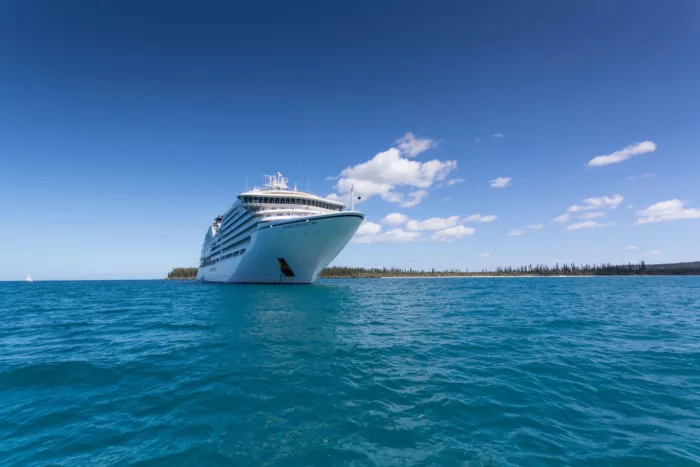
Seabourn
For decadent luxury that sails hand-in-hand with personalised experience and in-depth access to world heritage, may we introduce Seabourn Cruises.
Blending nimble power and grace with beautifully designed spaces, Seabourn ships can be likened to lavish resorts. Except, uniquely, the staff already know you just as they also remember your favourite drink.
264
Passengers
120
Crew
2021
Launched
23000t
Tonnage
170m
Length
26m
Width
19kts
Speed
8
Decks
USD
Currency
Cruise Itinerary
Ship Details


Seabourn
Seabourn Venture
Seabourn's ultra-luxury purpose-built expedition ship Seabourn Venture, paying tribute to the remote destinations visited by the brand's highly successful expedition and Ventures by Seabourn excursion programs and the fascinating places yet to be explored in the future.
Cabins
All Prices





















